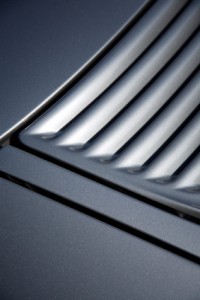 Good air ventilation is not so much a tool for reducing greenhouse gas emissions itself as it is an important consideration when doing other energy efficiency upgrades. A house works as a complete system. Changes to insulation and air sealing will have an impact on air flow and ventilation.
Good air ventilation is not so much a tool for reducing greenhouse gas emissions itself as it is an important consideration when doing other energy efficiency upgrades. A house works as a complete system. Changes to insulation and air sealing will have an impact on air flow and ventilation.
Good ventilation is important for healthy homes. If you seal a home up too tightly, it will become unhealthy. You need fresh air but you also need to control the heat loss in this ventilation process.
Basically, a draughty old house has more than enough air flow. But a well-sealed new house or upgraded older house will need controlled ventilation to get rid of indoor pollutants and ensure good air quality.
There are two basic types of controlled ventilation:
- Spot ventilation – Venting ducts in kitchen (range hood), bathroom (on a timer), and laundry. All vents should end up outside, not in the attic where moisture problems can occur.
- Whole house ventilation – For an air tight house, a heat recovery ventilator (HRV or air-to-air heat exchanger) will exhaust stale indoor air while bringing in fresh outdoor air. During the exchange, 60-80% of the heat in the outgoing air will transfer to the indoor air, meaning the furnace needs to do much less work to warm the new air. (1) Heat recovery ventilators are usually connected to the heating system ductwork in homes with forced air heating. Or, a network of small-diameter outdoor air ducts will be installed for the system in other homes. (2)




